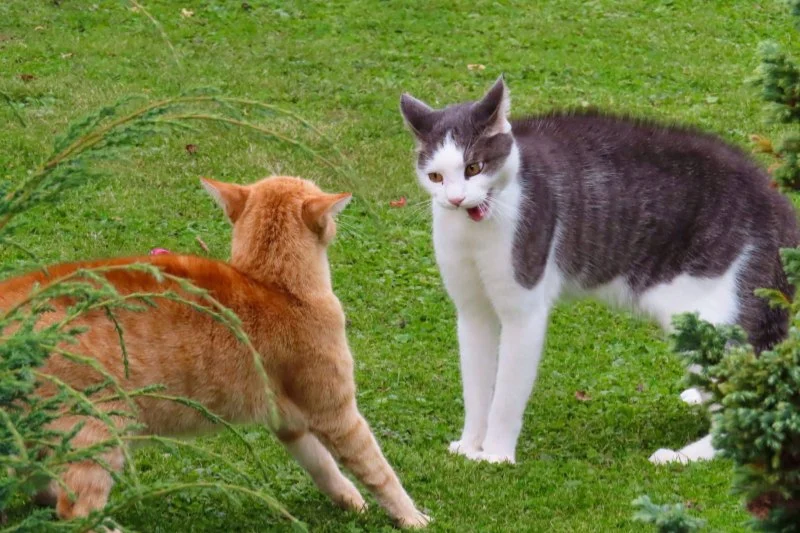
- Understanding Why Kittens Bully Older Cats
- How to Recognize Bullying Behavior
- Effective Strategies to Stop the Bullying
- Training and Behavior Modification Techniques
- Real-Life Cases from Cat Owners
- When to Seek Professional Help and How Omnia Pet Can Help
Understanding Why Kittens Bully Older Cats
Introducing a kitten to a senior cat can be exciting—but it can also cause unexpected chaos. Kittens are full of energy, curiosity, and playfulness, while older cats tend to prefer calm environments and predictable routines. This mismatch often leads to tension, with kittens chasing, pouncing, or harassing their senior companions. While it may look playful at first, this behavior can become a form of bullying if left unchecked.
Most kittens don’t intend harm—they simply haven’t learned boundaries yet. However, an older cat can perceive such behavior as aggressive, leading to stress, hiding, or even health problems. Understanding this dynamic is the first step toward restoring peace in your household.
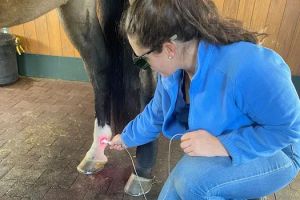
Mountain Pointe Equine Vet Services
Washington TownshipMorris CountyNew Jersey
14 Schooleys Mountain Rd 1st Floor, Long Valley, NJ 07853, USA
How to Recognize Bullying Behavior
To effectively stop bullying, it’s important to distinguish between playful roughhousing and true aggression. Play usually involves mutual chasing, light pawing, and quick breaks. Bullying, however, often includes one-sided chasing, cornering, or preventing the older cat from accessing food, litter, or favorite resting spots.

Slaton Veterinary Hospital
Westlake VillageVentura CountyCalifornia
3900 Thousand Oaks Blvd STE 101, Westlake Village, CA 91362, USA
1. Signs of Playful Behavior
Both cats take turns chasing and wrestling. You’ll notice loose body language, ears up, and no hissing or growling. The older cat may even initiate play sometimes.
2. Signs of Bullying
The kitten relentlessly pursues the senior cat, blocks pathways, or attacks without invitation. The older cat may hiss, hide under furniture, or stop eating. If these signs appear, intervention is necessary to protect both cats’ well-being.
Effective Strategies to Stop the Bullying
When your kitten’s enthusiasm becomes overwhelming for your senior cat, a structured approach can help reestablish harmony. Patience and consistency are key.
1. Separate and Reintroduce Gradually
If tensions are high, give both cats space. Keep them in separate rooms for a few days, swapping bedding or toys so they can get used to each other’s scent. Gradual reintroduction helps reset their relationship on calmer terms.
2. Provide Distractions and Energy Outlets
Kittens have endless energy. Offer interactive toys, climbing trees, or puzzle feeders to keep them occupied. Structured playtime several times a day helps burn off excess energy and reduces the urge to harass your older cat.
3. Create Safe Spaces
Your senior cat needs quiet zones where the kitten can’t reach. Use baby gates, cat trees, or elevated shelves. These safe havens give older cats control and confidence in their territory.
4. Encourage Positive Reinforcement
Reward calm interactions with treats and praise. When your kitten ignores the older cat or plays gently, offer small rewards. This reinforces respectful behavior and teaches the kitten what’s acceptable.
5. Monitor Shared Resources
Food, litter boxes, and beds should be separate. A good rule is one litter box per cat plus one extra. This prevents resource guarding and ensures both cats feel secure.
Training and Behavior Modification Techniques
Training a kitten is easier than many think—it’s all about redirection and consistency. When bullying occurs, redirect your kitten’s energy to toys or playtime with you. Avoid yelling or using punishment, which can create fear and worsen aggression.
Clicker training can also be effective. Reward your kitten when it stays calm near the older cat or responds to your “leave it” command. Over time, the kitten learns to associate gentle behavior with rewards.
For the older cat, use pheromone diffusers or calming sprays to ease anxiety. Ensuring your senior feline feels secure can significantly reduce defensive or fearful reactions that fuel conflict.
Real-Life Cases from Cat Owners
Sarah from Colorado shared her story about her six-month-old kitten, Luna, who constantly chased her 12-year-old cat, Max. After separating them and using interactive toys to redirect Luna’s energy, Sarah noticed a huge improvement within two weeks. Max started relaxing again, and the two now share a window perch peacefully.
Another cat owner, David from Texas, installed multiple cat trees and tunnels around the house. This allowed his kitten, Milo, to explore vertically while giving his senior cat, Daisy, safe retreat spaces. The change in environment eliminated most aggressive encounters and restored balance at home.
When to Seek Professional Help and How Omnia Pet Can Help
If bullying continues despite your efforts, consider consulting a feline behaviorist or veterinarian. Persistent aggression can sometimes stem from underlying health issues, territorial stress, or hormonal changes. Early intervention prevents long-term anxiety or injury.
For expert advice, behavioral products, and feline wellness essentials, Omnia Pet offers a curated selection designed to support pet harmony. From pheromone diffusers to interactive enrichment toys, their recommendations are tested and trusted by cat owners across the U.S. Whether you’re introducing a new kitten or managing multi-cat dynamics, Omnia Pet helps you create a calm, balanced home where every pet feels loved and secure.
Remember—patience, structure, and the right tools make all the difference. With time, even the most energetic kitten can learn to respect the gentle wisdom of an older cat.

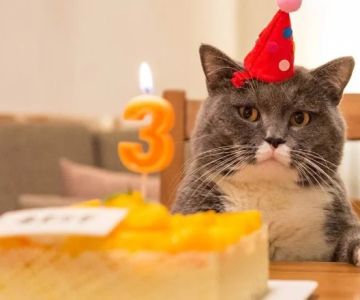
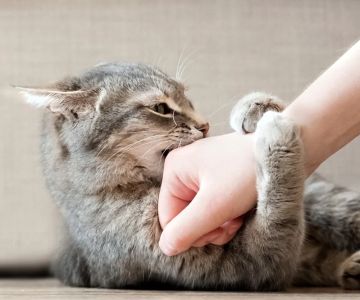
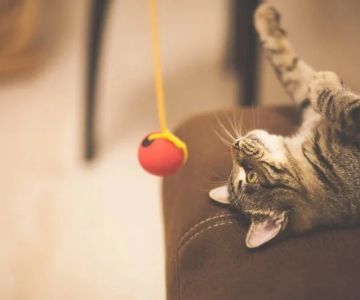
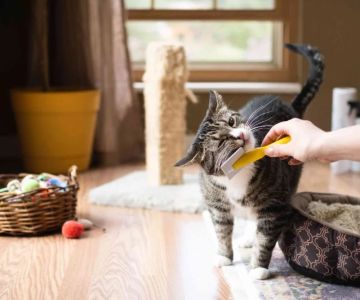

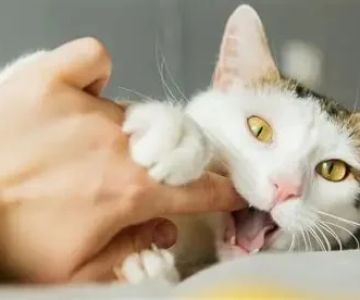
 Hollywood Feed4.0 (184 reviews)
Hollywood Feed4.0 (184 reviews) Brew Biscuits5.0 (2 reviews)
Brew Biscuits5.0 (2 reviews) All Friends Animal Hospital4.0 (446 reviews)
All Friends Animal Hospital4.0 (446 reviews) Kittylandkittens LLC0.0 (0 reviews)
Kittylandkittens LLC0.0 (0 reviews) Village Animal Clinic4.0 (212 reviews)
Village Animal Clinic4.0 (212 reviews) Rift Lake Aquatics4.0 (165 reviews)
Rift Lake Aquatics4.0 (165 reviews) Understanding Pet Insurance: What Does It Actually Cover?
Understanding Pet Insurance: What Does It Actually Cover? How to Keep Your Kitten's Eyes Clean and Free of Discharge
How to Keep Your Kitten's Eyes Clean and Free of Discharge The Truth About Heartworm Disease: Prevention is Cheaper Than Cure
The Truth About Heartworm Disease: Prevention is Cheaper Than Cure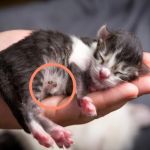 Why Is My Kitten's Belly Button Showing? | Omnia Pet
Why Is My Kitten's Belly Button Showing? | Omnia Pet Why Does My Cat Bite Me Gently? Love Bites Explained
Why Does My Cat Bite Me Gently? Love Bites Explained How to Stop Your Kitten from Getting into Cabinets
How to Stop Your Kitten from Getting into Cabinets